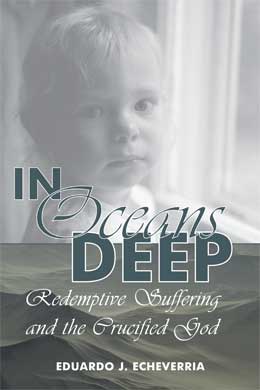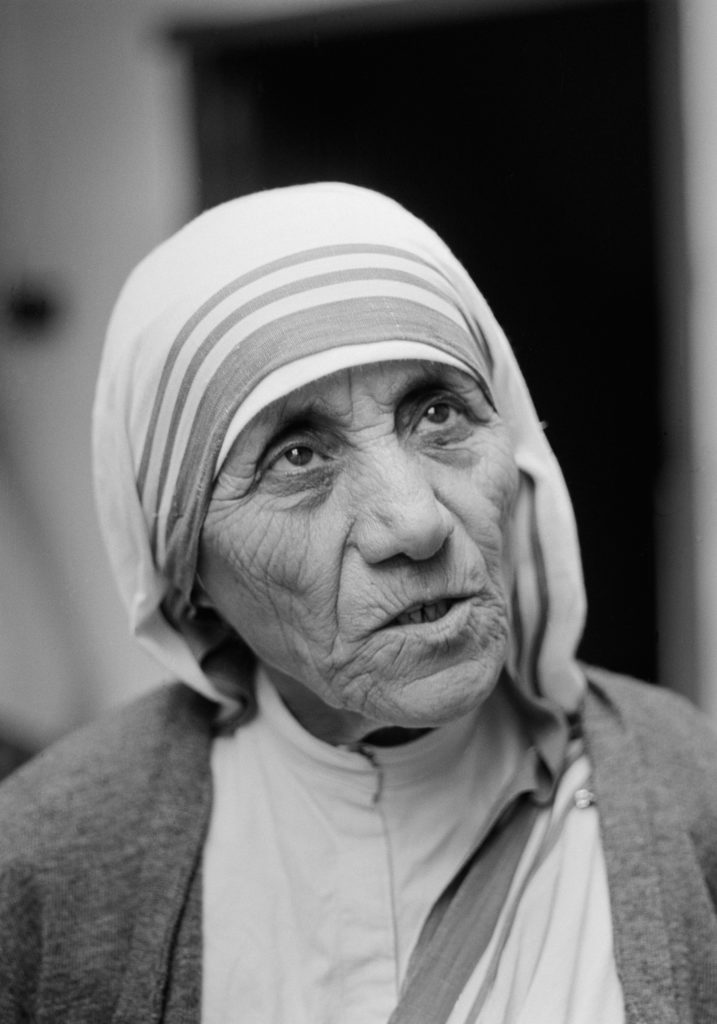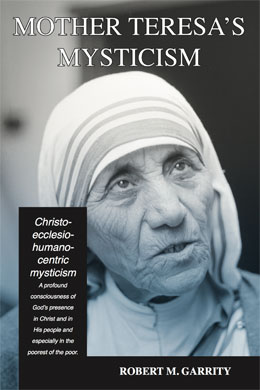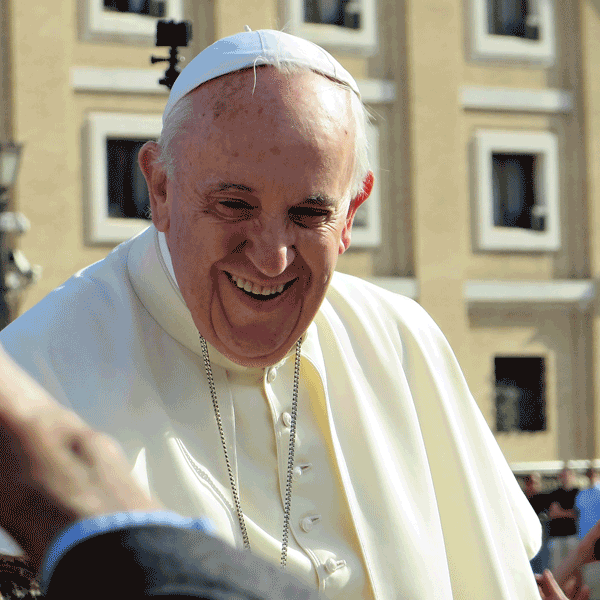 In May 2018 news headlines around the world went something like this: Pope Francis tells gay man ‘God made you like this and sexuality does not matter.’ The Pope’s comments were immediately embraced by the LGBT community and downplayed by the Vatican which neither confirmed nor denied the remarks because the Vatican policy is not to comment on the pope’s private conversations. Yet the media raged on and confusion was the word of the day.
In May 2018 news headlines around the world went something like this: Pope Francis tells gay man ‘God made you like this and sexuality does not matter.’ The Pope’s comments were immediately embraced by the LGBT community and downplayed by the Vatican which neither confirmed nor denied the remarks because the Vatican policy is not to comment on the pope’s private conversations. Yet the media raged on and confusion was the word of the day.
We were reminded that Dr. Robert Royal wrote the Foreword to Eduardo Echeverria’s book Pope Francis: The Legacy of Vatican II, published by us almost exactly 3 years earlier in March, 2015. It bears repeating today. Here’s Dr. Royal’s opening paragraph…
“Of the making of books there is no end, as was already evident millennia ago and is even more so today. Given the sheer tidal wave of texts of all sorts amid which we live today, most current books need to offer some justification—if not an outright apology—for why they were written. This very valuable volume is not one of them. Shortly after the worldwide enthusiasm that met the election of Jorge Mario Bergoglio to the papacy, with the name Pope Francis, there followed what can only be called an equally global confusion about various things that he has said and done. Non-Catholics and even many Catholics believe he is a pope of “rupture,” one about to jettison the demanding Catholic moral tradition, especially on sexual matters. Others see him as a figure of mercy and compassion who is perhaps artless, at times, in his spontaneous, off-the-cuff remarks, but deeply committed to the traditional doctrines. Papa Bergoglio himself has expressed surprise on several occasions that people are confused by what he’s said, done, and written—pointing to what he thinks is a clear record. But people are confused”
The Foreword goes on to point out that Professor Echeverria’s “careful study of the pope’s record and insights” could not be more welcome, and reminds us of the Pope’s own words after his notorious—and misunderstood—remarks: “Who am I to judge?”
“My attitude toward the world should be fundamentally the same as toward my own sins, toward the disordered and sinful roots in myself: keen awareness and aversion! From this attitude alone springs the desire for conversion. [This], in turn, over time, forges in us the faculty that is so solidly Christian: the capacity to judge. The “yes, yes… no, no” [Matt 5:37] that Jesus teaches us implies a spiritual maturity that rescues us from the superficiality of the foolish heart. A Christian needs to know what can be accepted and what must be condemned [1 Thess 5:21-22]. We cannot sit down and “dialogue” with the enemy of our salvation: we need to meet him head on, ready to combat his every intention. [Emphasis added.]”
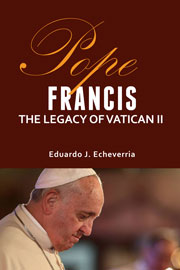
Pope Francis: The Legacy of Vatican II
This “essential book” offers a deep glimpse into Francis’s firmness along with his tenderness and is recommended in order to fully understand him.
“Eduardo Echeverria, one of the liveliest and most insightful thinkers practicing the ancient craft of theology in the United States today, sheds new light on the Catholic Church and Pope Francis at this challenging moment in history.” —George Weigel, Distinguished Senior Fellow, Ethics and Public Policy Center
Read other endorsements and view a sample chapter »
Purchase the E-Book »
Purchase Softcover Book »

